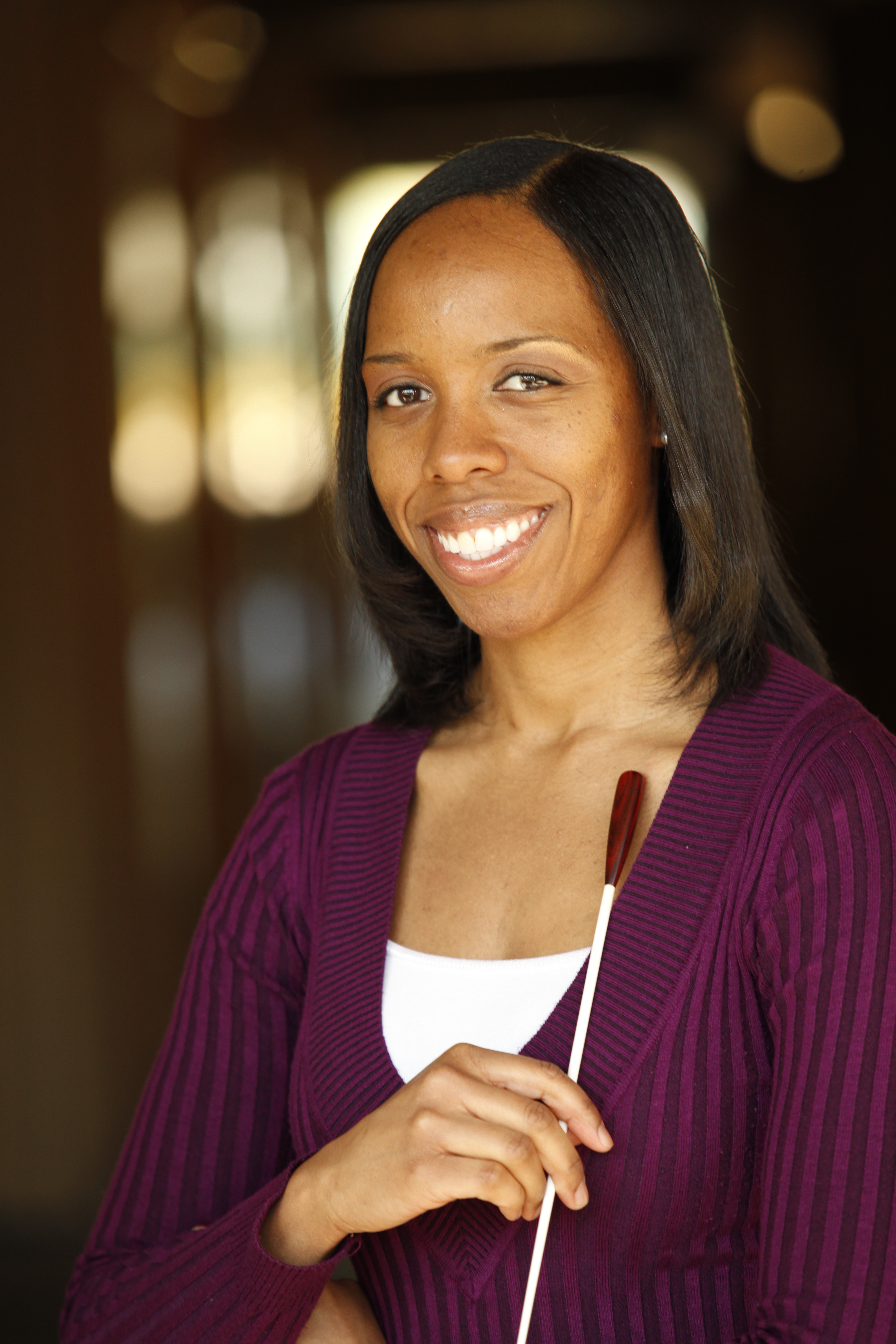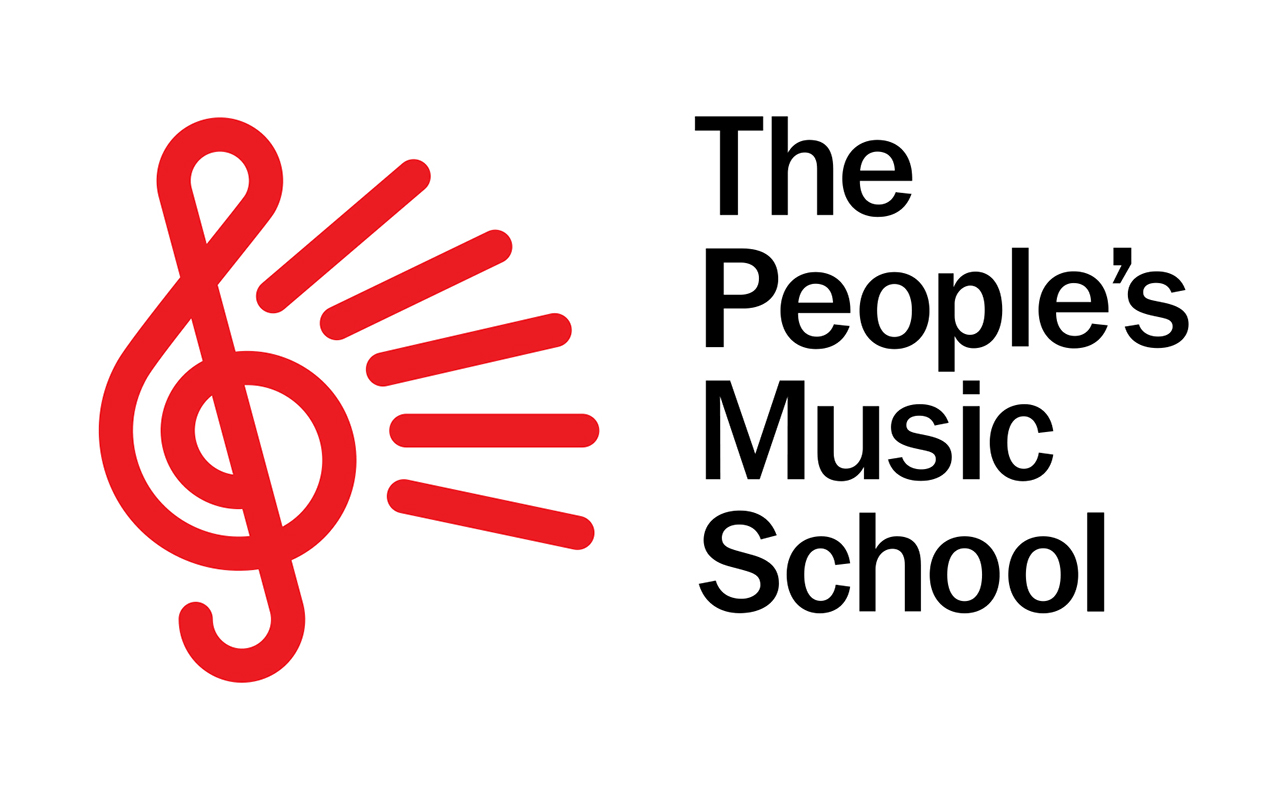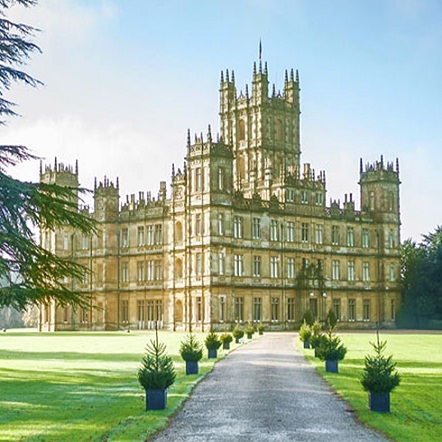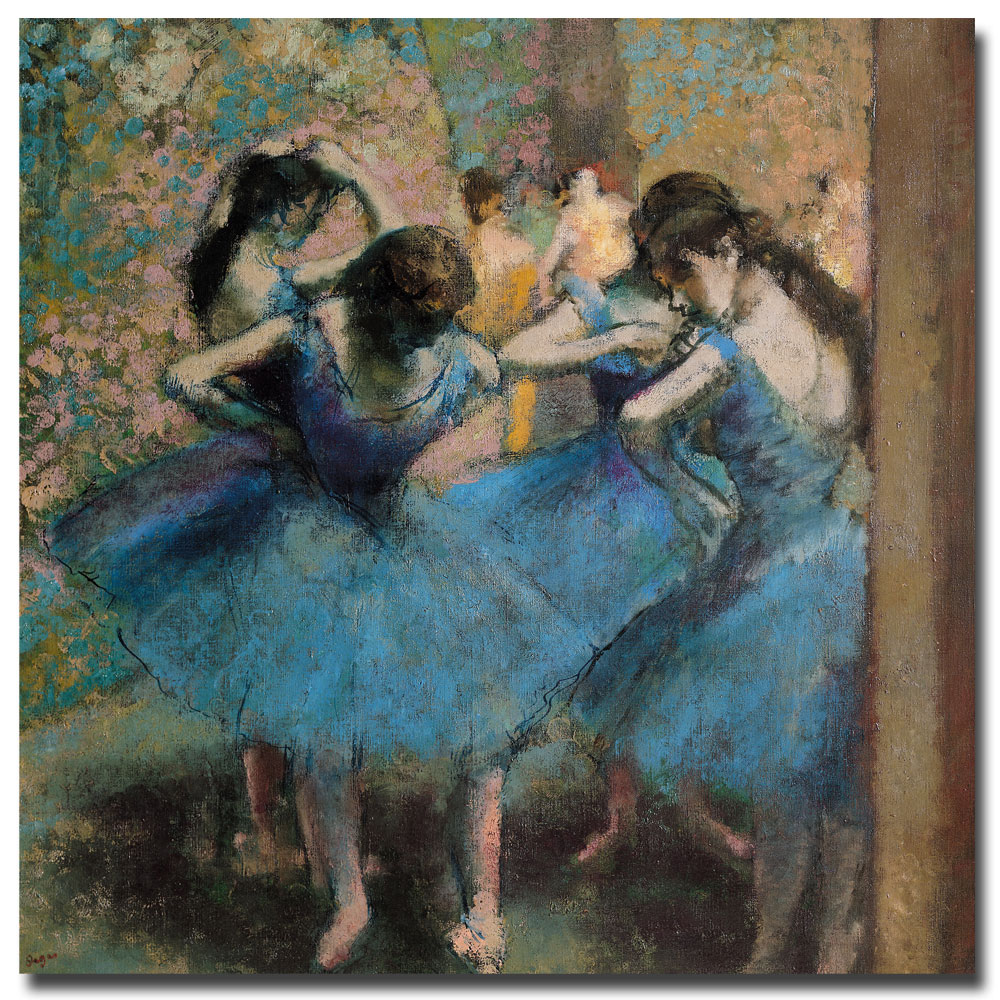

Your Conductor
In her tenure as Music Director for Chicago Sinfonietta, Mei-Ann Chen has brought the orchestra to new artistic heights, developing an aggressively adventurous approach to repertoire and collaboration while firmly anchoring her ambitious plans in the Sinfonietta’s quarter-century plus heritage of diversity, inclusion and service to the community. READ MORE

Coming Together
Paul Freeman Meets MLK
Guest Conductor
 Kalena Bovell is the 3rd place winner of the Prestigious American Prize in the college/university conducting division. Described as a young, vibrant, conductor and educator, her creativity, determination and humility towards classical and new music can be seen within her interpretations. Kalena recently traveled to Memphis, Tennessee where she assisted Mei-Ann Chen for the final masterworks concert with the Memphis Symphony Orchestra; conducting the off stage brass in Mahler’s First Symphony. For the 2015-2016 season, Kalena was selected to be one of three Chicago Sinfonietta Freeman Conducting Fellows. This opportunity allowed her to work closely with Mei-Ann Chen and also take part in Maestro Paul Freeman’s vision of fostering and promoting cultural diversity within classical music. READ MORE.
Kalena Bovell is the 3rd place winner of the Prestigious American Prize in the college/university conducting division. Described as a young, vibrant, conductor and educator, her creativity, determination and humility towards classical and new music can be seen within her interpretations. Kalena recently traveled to Memphis, Tennessee where she assisted Mei-Ann Chen for the final masterworks concert with the Memphis Symphony Orchestra; conducting the off stage brass in Mahler’s First Symphony. For the 2015-2016 season, Kalena was selected to be one of three Chicago Sinfonietta Freeman Conducting Fellows. This opportunity allowed her to work closely with Mei-Ann Chen and also take part in Maestro Paul Freeman’s vision of fostering and promoting cultural diversity within classical music. READ MORE.

Led by Dr. Cheryl Frazes Hill, Roosevelt University’s Chicago College of Performing Arts Conservatory Choirs provide students with a variety of performance opportunities. From classical choral music performed at prestigious national conferences to appearances with the Rolling Stones, students gain experience performing in diverse styles. In this concert, the choirs are joined by the Roosevelt Alumni Chorus and select graduate students. This is Roosevelt’s third appearance with the Chicago Sinfonietta.
Regarded as one of the nation’s premier training programs for emerging professional musicians, the Civic Orchestra of Chicago has presented concerts at Symphony Center and in schools and communities across Greater Chicago since 1919. Under the guidance of musicians of the Chicago Symphony Orchestra, Judson and Joyce Green Creative Consultant Yo-Yo Ma, CSO Zell Music Director Riccardo Muti and numerous guest artists who visit Symphony Center each season, Civic members receive unparalleled training that prepares them for professional lives in music. Learn more at cso.org/institute.
Now celebrating its 70th anniversary season, Chicago Youth Symphony Orchestras has provided music education through orchestral programs and performance opportunities of the highest caliber since 1946. CYSO serves nearly 600 students ages 6-18 with nine on-site ensemble programs including full, string, jazz and steel orchestras, and engages young people in under-served Chicago neighborhoods through our Community Engagement Programs. As members of CYSO, students cultivate discipline, increase self-confidence, and develop a deep appreciation for the arts. cyso.org
Chicago’s Merit School of Music is a nationally accredited music school helping young people transform their lives by removing barriers to high-quality music education. Our 125 passionate and experienced teaching artists engage nearly 5,000 students annually in group and individual instruction, and through two signature programs: the community-based Bridges: Partners in Music in-school music education program and the audition-based Alice S. Pfaelzer Tuition-free Conservatory. To learn more visit meritmusic.org.
The People's Music School is the only completely FREE music school delivering access to the benefits of high-quality, tuition-free intensive music education to Chicago metropolitan area children. For 40 years, TPMS has helped students achieve excellence in music that transfers to other areas of life. They grow musically, socially, emotionally and intellectually, and develop a foundation of responsibility, problem-solving, resilience and purpose. This school year, we will provide 100,000+ learning hours to more than 600 students from 35+ zip codes.


Wear What You Stand For
Express your voice in more ways than one. Purchase your favorite inspirational tee ahead of time and wear it to the concert!


This is the second Chicago Sinfonietta concert in a row to feature a selection by Ludwig von Beethoven , but the Ode to Joy couldn’t be more different that the dark & slashing Coriolan Overture performed for our Día de los Muertos observance. One of the points made at that time was that as Beethoven aged, he grew deaf, and this made him bitter, suspicious and isolated. And yet… this same Beethoven wrote on of the most inspirational pieces of classical music ever, the fourth & final movement of his very last symphony, which came to be known as the Ode to Joy from the lyrics that Beethoven adapted from a poem by Friedrich Schiller. In the face of depression, Beethoven wrote about joy.
If you are any sort of student of history, you know the Ode to Joy. The familiar melody was adopted as the anthem of the European Union as well as the Council of Europe. It was played after the fall of the Berlin Wall, with its insistence that “All people become brothers” underlining the possibilities of a reunited continent. It was, however, not only Europe that understood the power of this message. A Spanish version called El Himno de la Alegria (A Song of Joy) that was written in the late 1960s was used in South America in a similar way that We Shall Overcome served the civil rights struggles in the United States. It was sung throughout the continent, a source of courage in a society dominated by authoritarianism and gross forms of inequality between rich and poor.
It may surprise you (it did me) that the great Baroque Venetian composer Antonio Vivaldi trained to be a priest and was apparently even ordained in 1703. There’s no record of him assuming any priestly duties, but his life as a violinist and composer remained supported by the Church through his appointment as maestro di violino by the Ospedale della Pieta, a charitable religious foundation for the education and upbringing of female orphans. This association lasted decades and gave Vivaldi, whose prodigious output of works were enthusiastically received, a steady source of employment and the ability to concentrate on his music. All good things pass, though, and by the early 1730s Vivaldi was falling out of both public fashion and Church favor, the latter possibly due to his relationship with the operatic soprano Anna Giraud. In 1737 his operas were banned on the pretext that he was a lapsed priest. Vivaldi’s career was effectively over, and by 1741 he died poor. By that time, though, he had written some 500 works, many of which rank among the greatest in classical music.
The Concerto for Four Violins and Cello, Op. 3, No. 10 comes from a suite of 12 concertos that Vivaldi wrote in 1711 called L'Estro Armonico, or (in English)Harmonic Inspiration. His most famous work, The Four Seasons, was still 14 years in the future, but everything that makes that one great was already in place: Virtuoso violin playing, expressive melodies and exquisite harmonies, all played at nearly breakneck speed. Like Vivaldi himself, this is music that aspires to brilliance and hits the mark, bringing inspiration to the listener as well.
Perhaps the best place to start when considering the life and music of English composer Ralph Vaugh Williams is with his love of English folk songs. The song Bushes and Briars, in particular, was to strongly influence his approach to composing. Virtually all of his influences were British, but perhaps it was something about the purity of Bushes and Briars that moved him. He was already a composer when he discovered it, but not quite an established one. Later, during his studies (history and music) at Trinity College, he was exposed to a wider world of philosophers, historians and a certain strain of English mysticism. Some of his early compositions were written as musical settings of poems, and beginning in 1904 he was the Musical Editor of the English Hymnal. In the course of his research for the hymnal, he encountered a nearly 400 year-old psalm by Thomas Tallis, England’s revered sacred music composer, and used it for hymn number 92 in the Hymnal, “When, rising from the bed of death”. In 1910, it became the basis for the selection that opens this tribute concert.
Fantasia on a Theme by Thomas Tallis, though based on a choral work, is written for a double string orchestra and string quartet. Its suspended violins wash over you like a church choir, while a steady pulse keeps it moving inexorably forward. There is tension, but also a transparency and lightness. Above all, it possesses a hard-won serenity and hopefulness. You can hear quiet introspection and ascending flight, powerful yearning and peaceful resolution, all of it an expression of faith.
Czech composer Antonín Dvořák, despite his enormous musical gifts, was still relatively unknown outside of his home city of Prague at the age of 31. However, he submitted a work to the Austrian State Prize for Composition in 1874 that impressed no less than Johannes Brahms, and subsequently won first prize, a feat he would repeat in 1875 and again in 1876. Brahms was so impressed that he recommended Dvorák to his publisher. In 1878, that publisher commissioned Dvorak to write a work with a dance-like character. Not quite sure what to do, he turned to Brahms’ Hungarian Dances for inspiration. The Slavonic Dances Op. 46 met with immediate international success, so much so that Dvořák wrote a second set (Op. 72) in 1886.
Even though Dvořák used Brahms’ Hungarian Dances as his model when composing the Slavonic Dances, his approach was ultimately different. For one, he originally wrote them as piano pieces, and only later orchestrated them due to popular demand. For another, while the rhythms took the form of polkas, mazurkas, dumkas and other folk dances from Bohemia and Moravia, the composer did not appropriate the melodies, choosing instead to write entirely new orchestrations. The selection from Op. 46 takes the rather courtly dumka dance as its foundation, full of pauses, while Op. 72 charges full steam ahead as a lively kolo.















